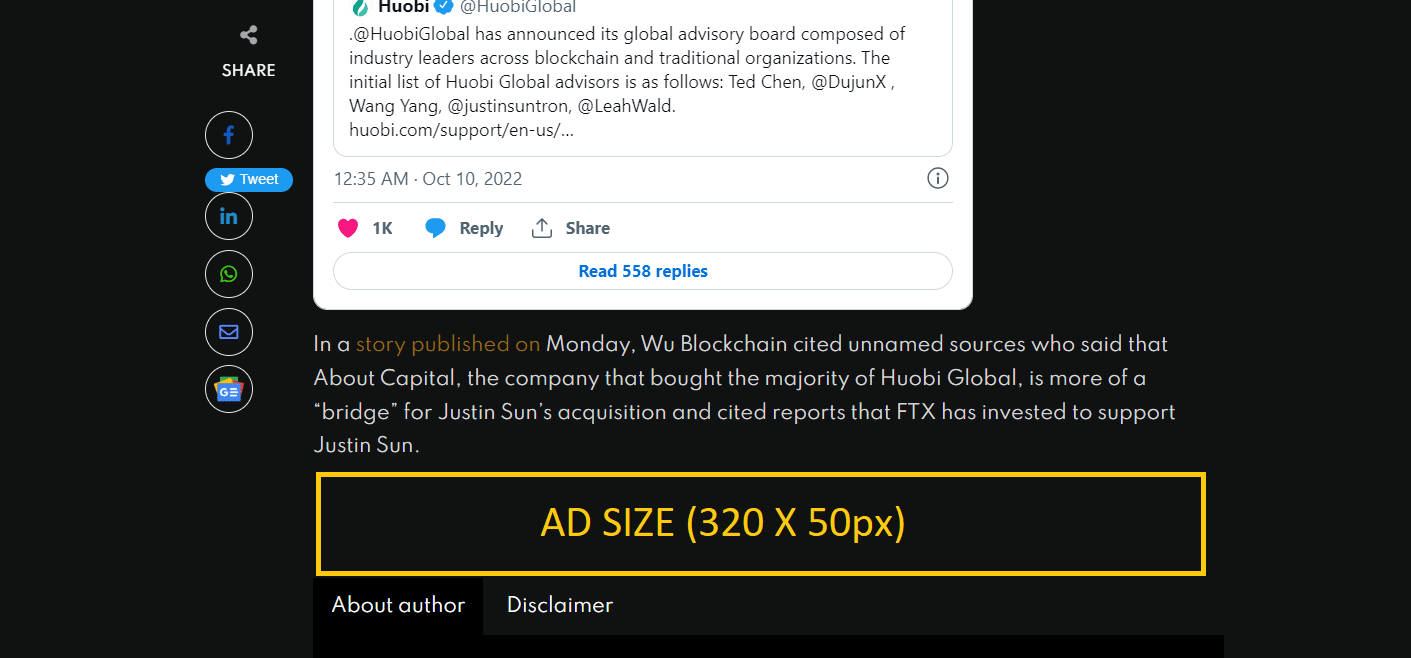Despite $2.1 billion in unrealized losses, business analytics giant MicroStrategy remains committed to Bitcoin (BTC).
Phong Le, the company’s president and chief executive, reveals in a new quarterly report that MicroStrategy’s sales increased in 2022 despite its negative Bitcoin investments.
According to Le, the company had a strong fourth quarter despite the difficulties, demonstrating the organization’s tenacity.
“In 2022, MicroStrategy achieved overall revenue increase on a constant currency basis for the fourth quarter as well as the entire year on the strength of our cloud business.
For the 11th consecutive quarter, current subscription billings increased by double digits in the fourth quarter.”
MicroStrategy is still adding BTC to its portfolio and intends to keep it for the long term, according to chief financial officer Andrew Kang. According to the company’s report, it has suffered a cumulative impairment loss of $2.153 billion since the purchase.
According to the research, the average cost basis for MicroStrategy’s BTC hoard, which is the largest public corporate holding, is $30,107.
“I am glad to inform that we boosted our Bitcoin holdings this past quarter to a total of 132,500 Bitcoins,” Kang says. Our long-term company strategy and belief in purchasing, holding, and expanding our Bitcoin investment remains unchanged.
While we faced macroeconomic and foreign currency challenges in 2022, we are continuing to migrate to higher-quality, recurring revenues as we expand and scale our cloud business. We continue to prioritize expenses with thought and precision, concentrating on areas that generate revenue growth while protecting margins.”
At the time of writing, Bitcoin is trading at $23,395 USD, a tiny rise over the previous day.















